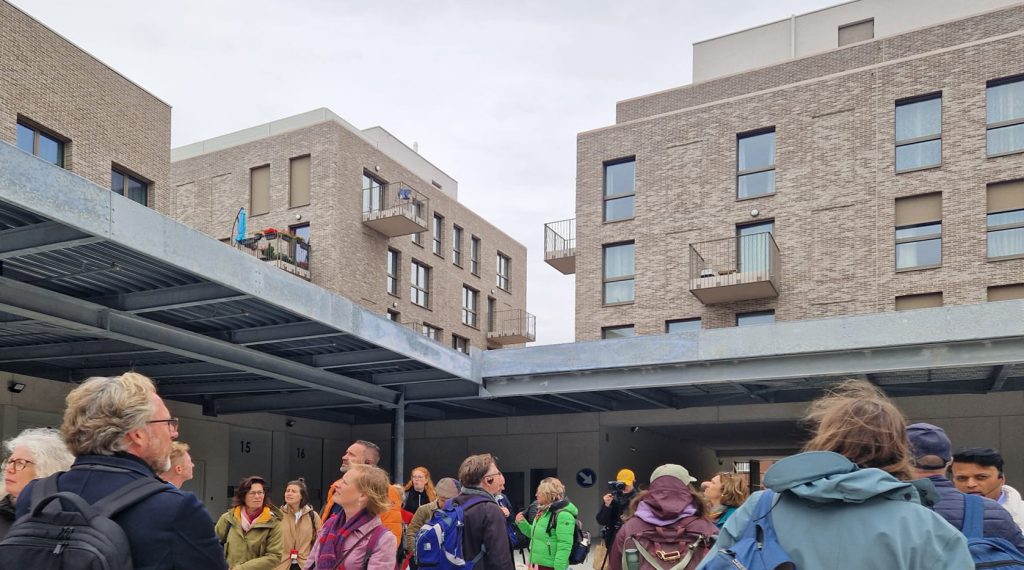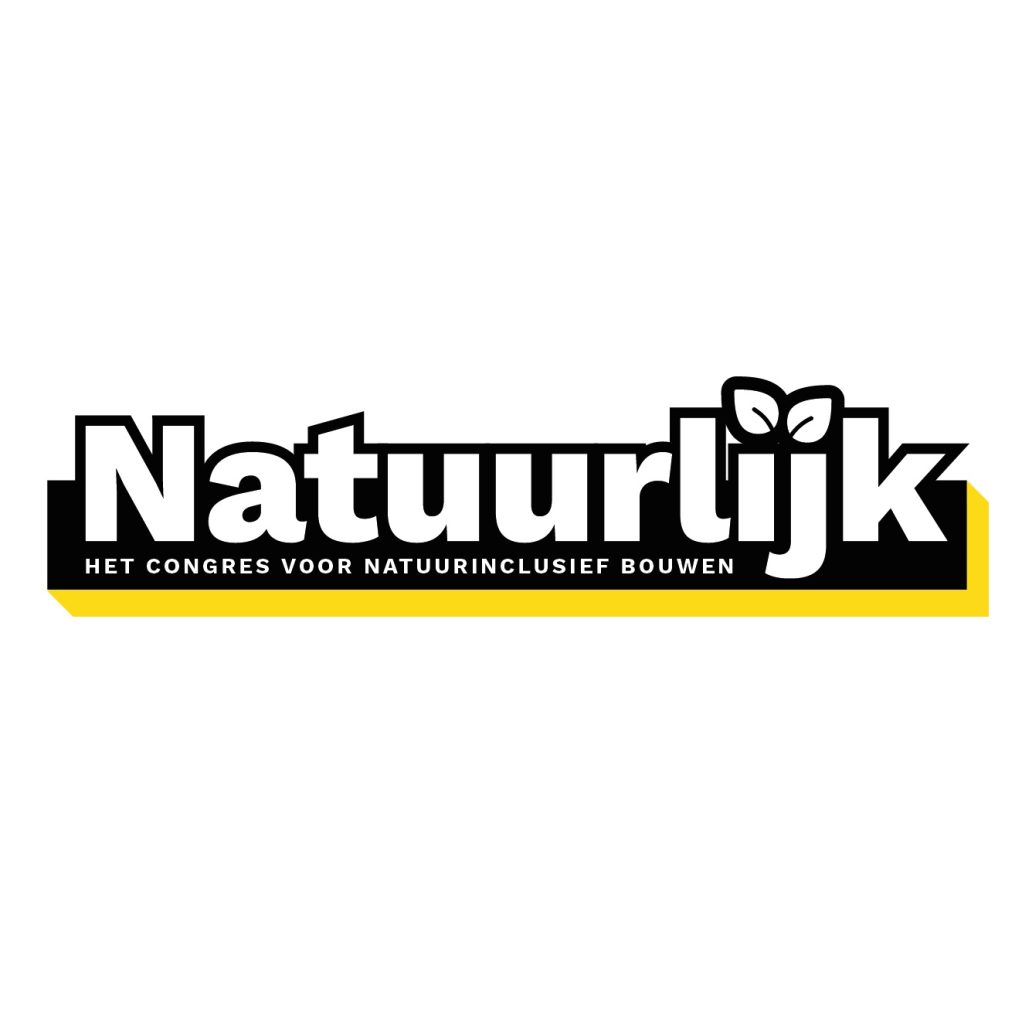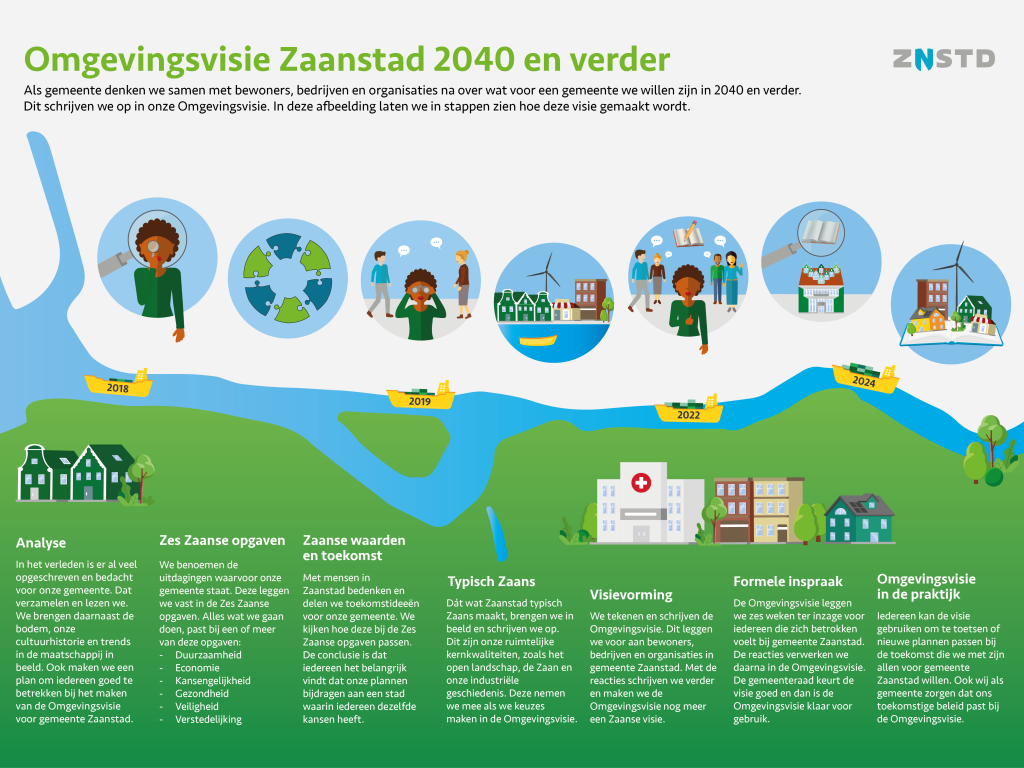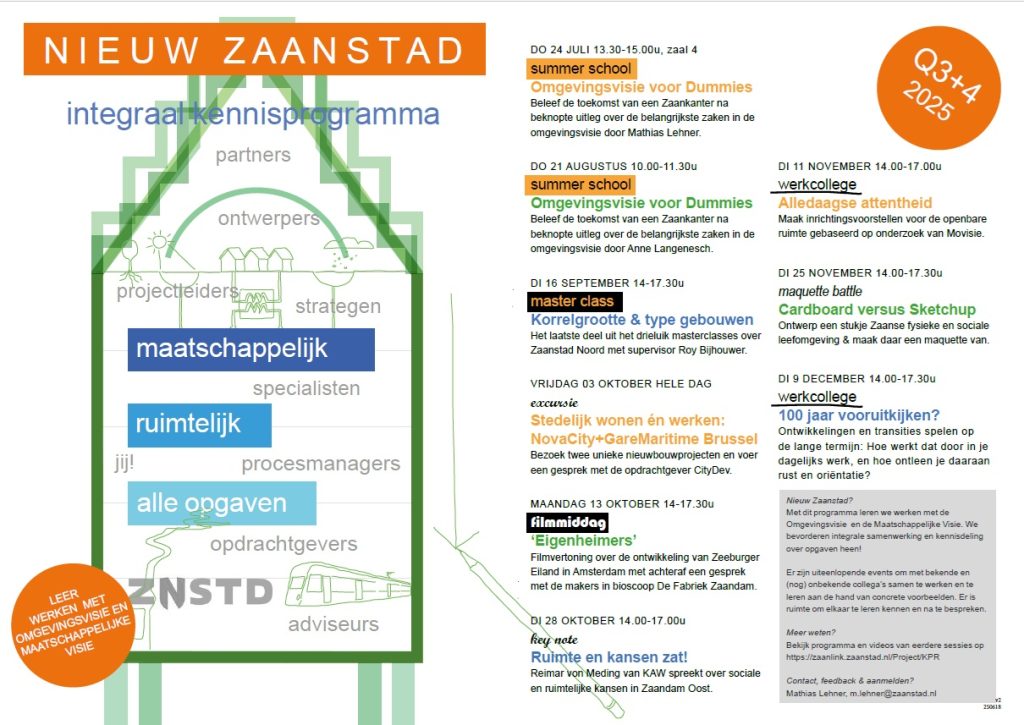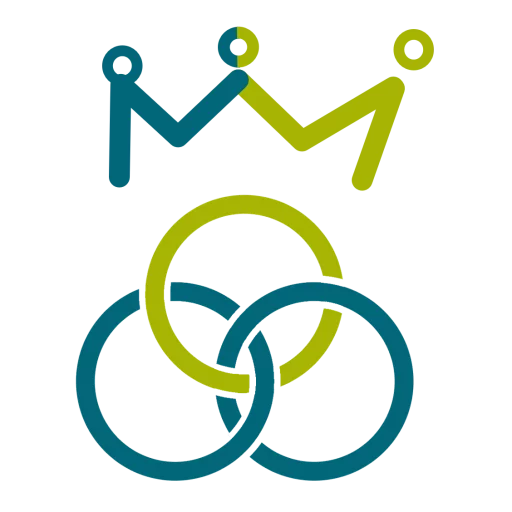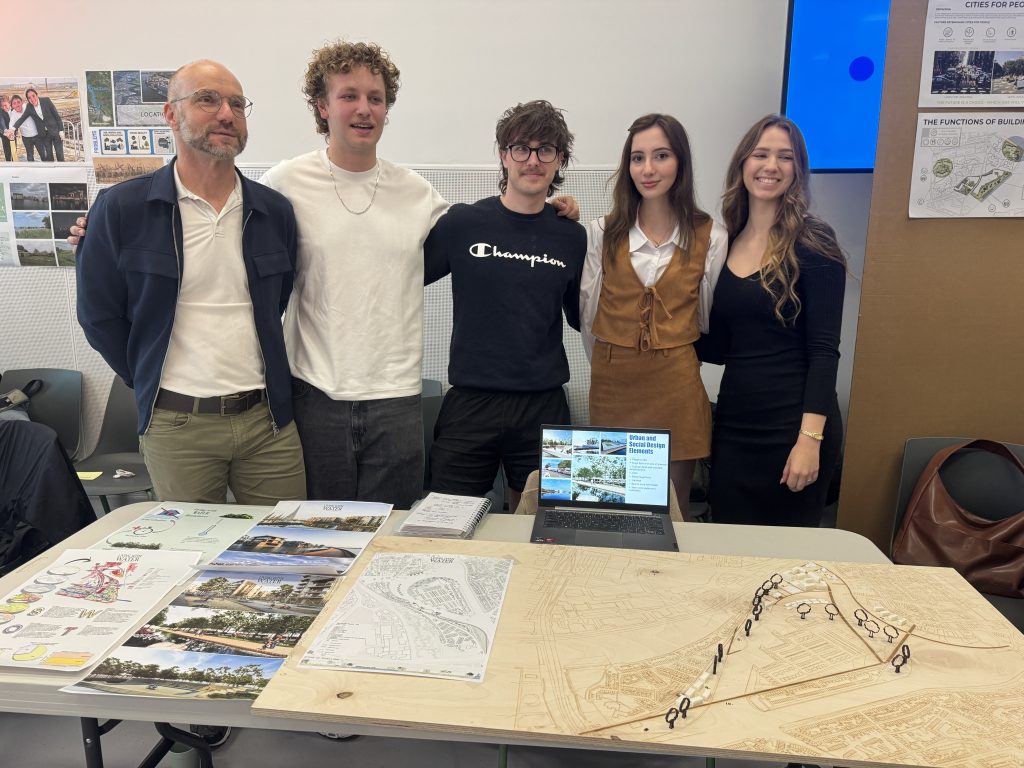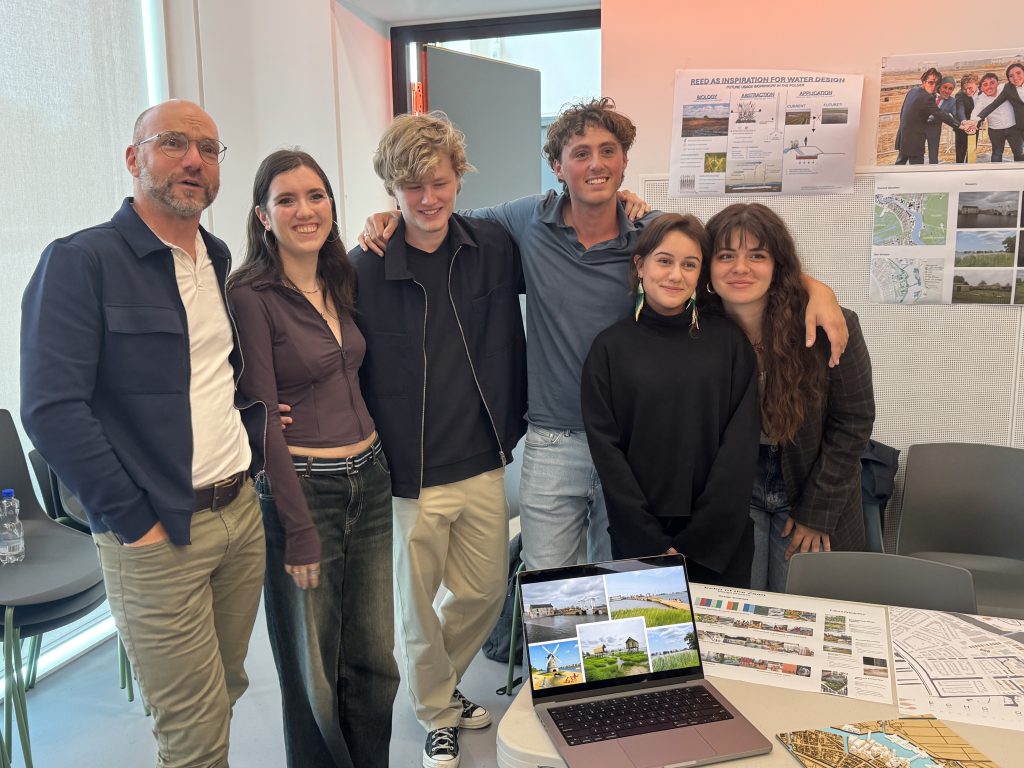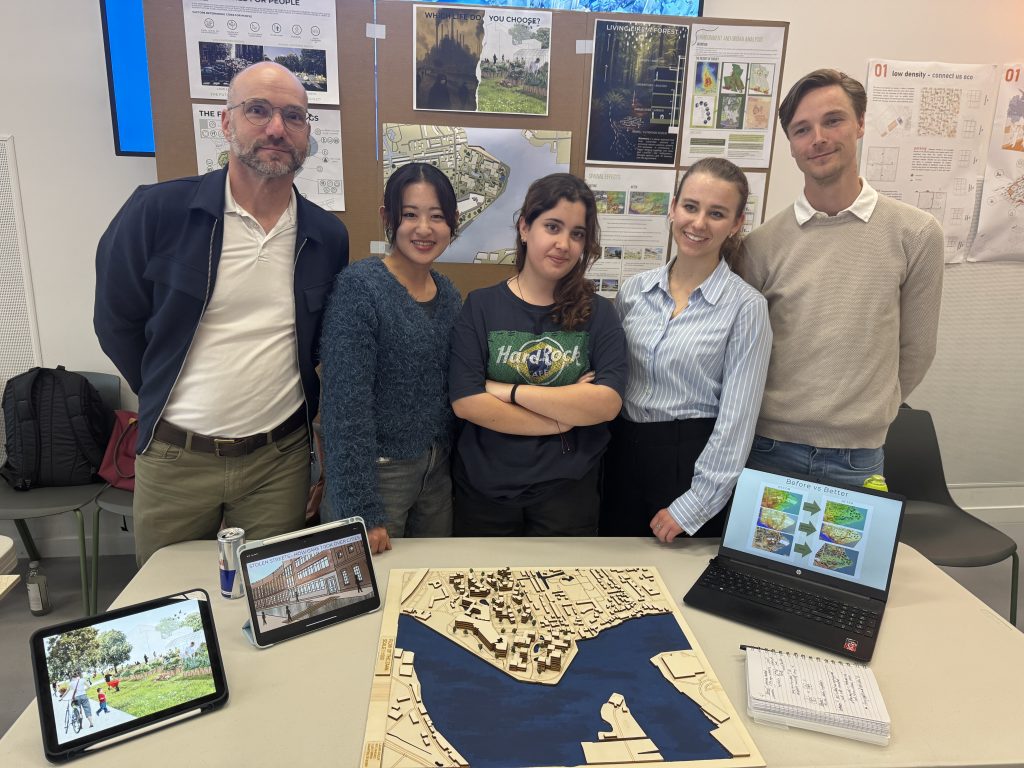
Do you recognize missing the right words to describe how to work on #futureproofcities? We talk about the need for more ‘#green‘, sure. But what kind of ‘green’ works when we design, plant and maintain our streets and buildings to make cities more liveable?
And then there is this Dutch saying that a great idea is “spreading like an oil stain” (in meaning similar to “spreading like a wildfire”). Being either fossil or fairly catastrophic both sayings are far from appropriate when you want to describe the positive impact of sustainable #designthinking.
So we have been thinking about writing a little dictionary about #natureinclusivecities. Not a thick book, but some essentials: A first step into finding the proper words in a conversation, and to better understand each other.
I am super happy that Provincie Utrecht has embraced this idea and has agreed to publish this ‘Little Natural Dictionary’ (‘Natuurlijk Woordenboekje’). Many thanks to Wendy van Poppel, Nancy Rullens en Pim Kimenai. The publication will be a co-production with them and co-author Jip Louwe Kooijmans. An expert commitee of Harry Boeschoten, Maike van Stiphout and #youngprofessionals will review and advise the proces. The publication is due in the beginning of 2026. Keep you posted!
